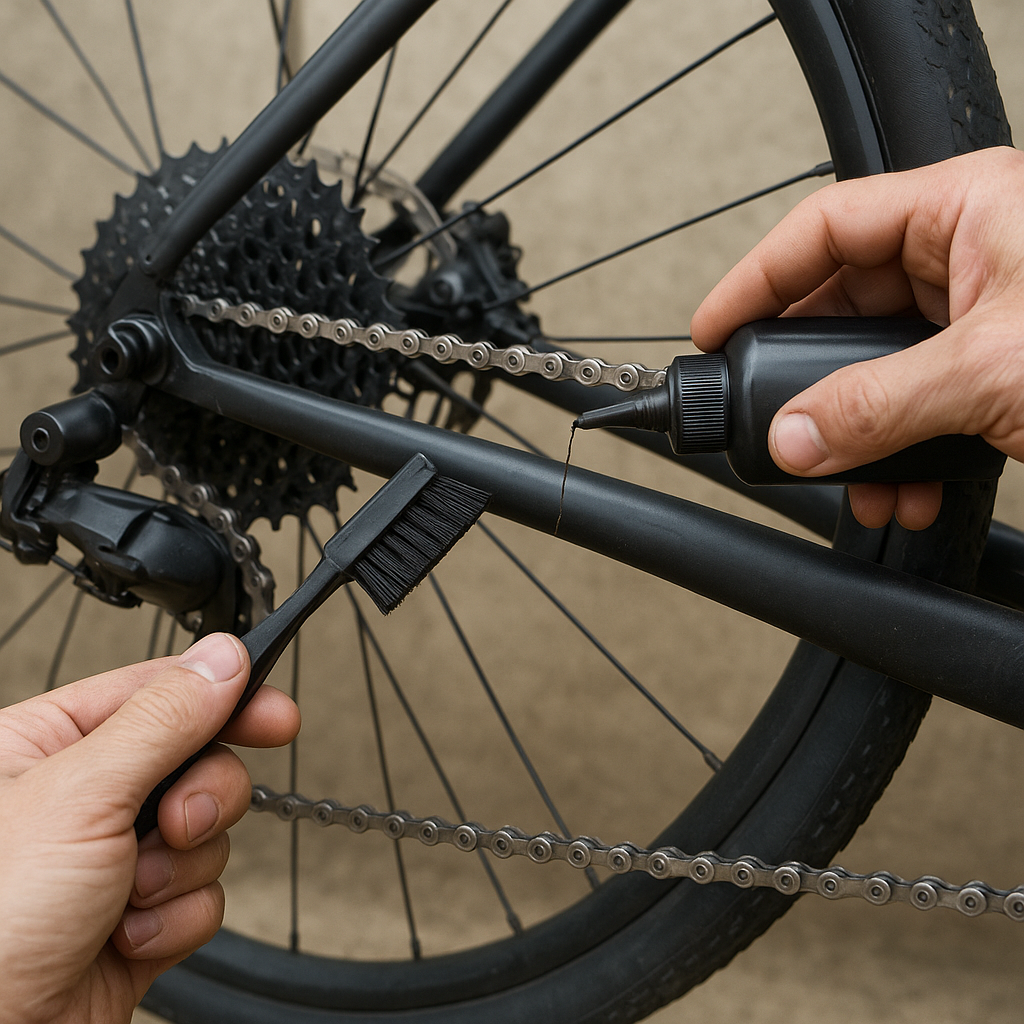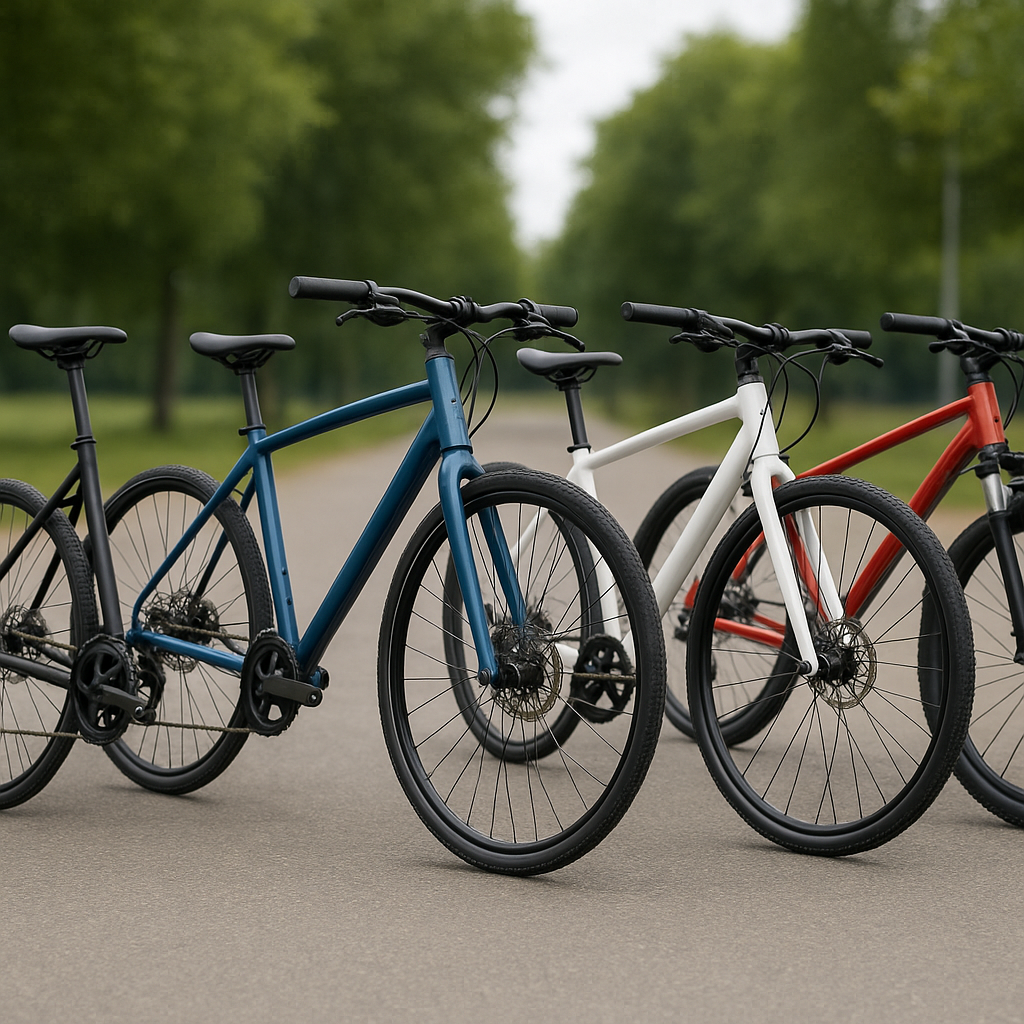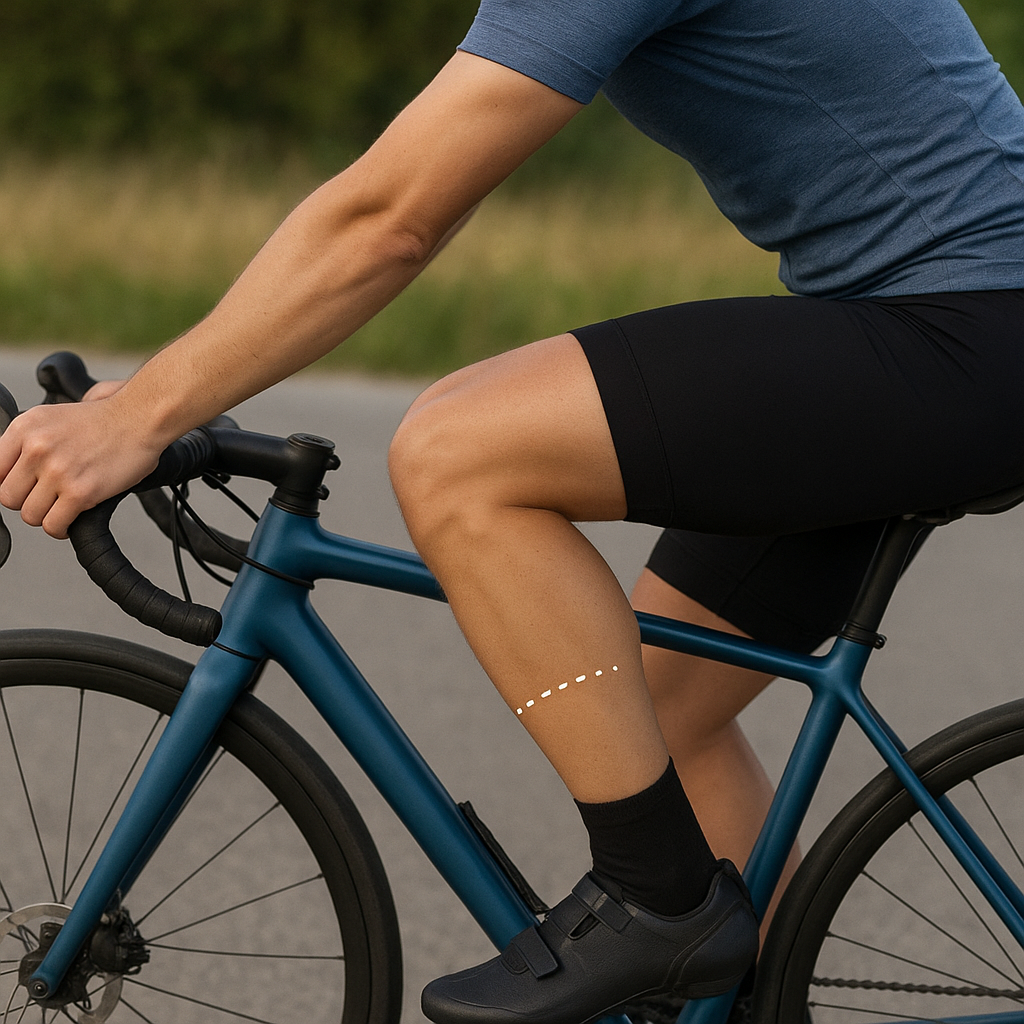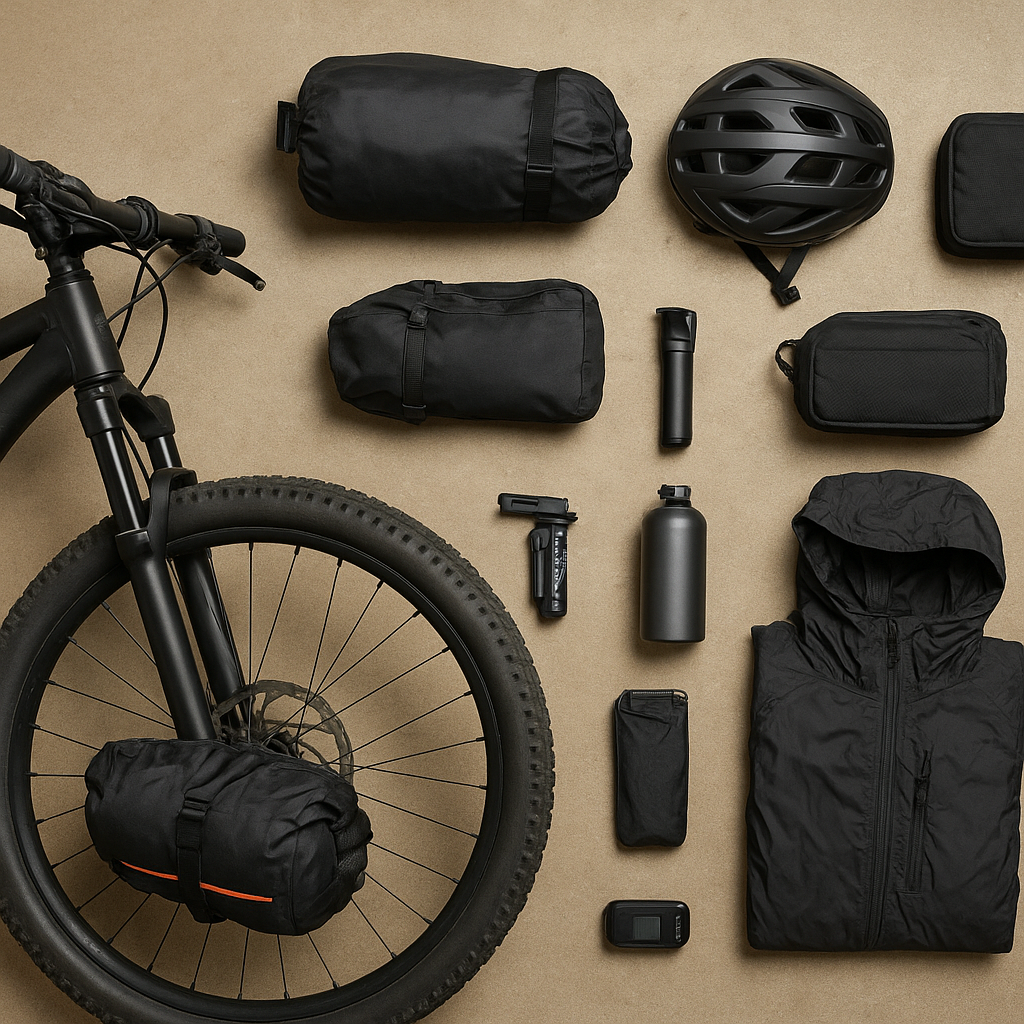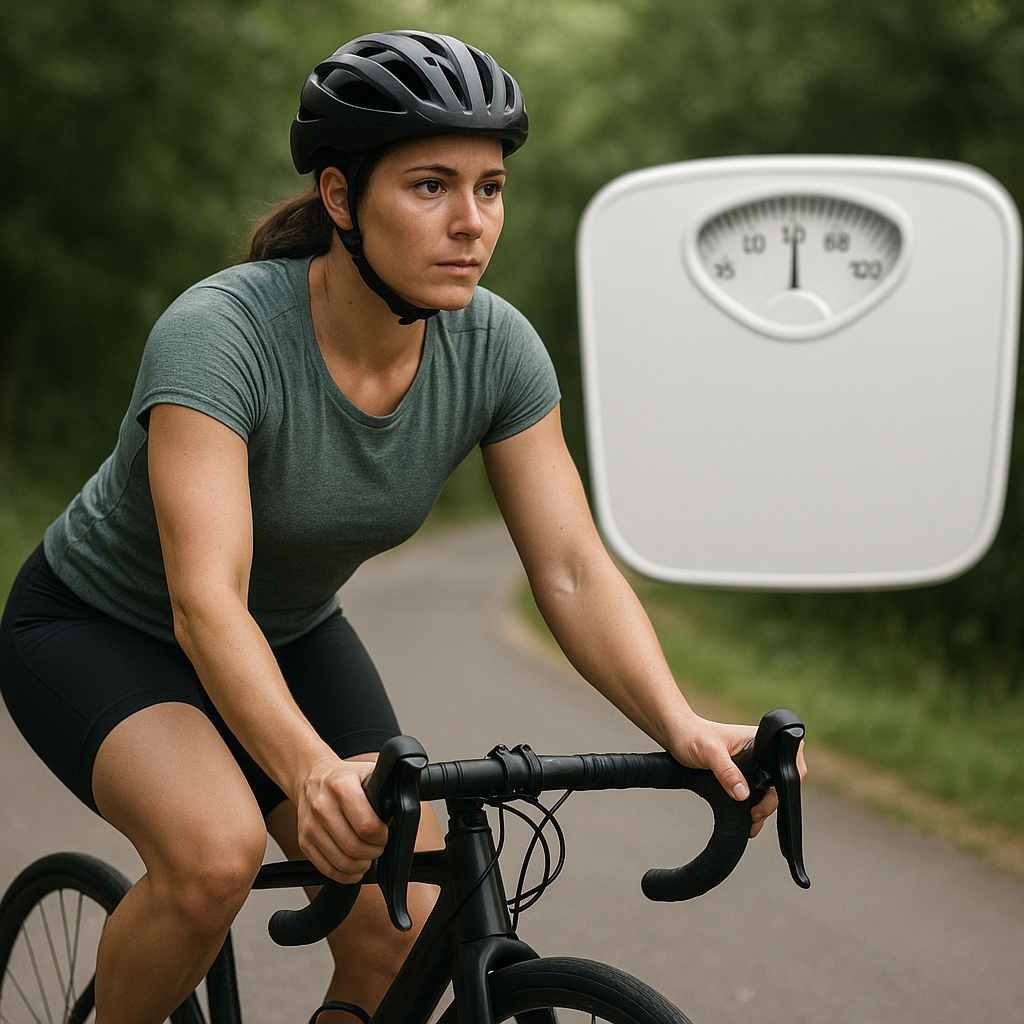Winter can be a challenging season for cyclists, but with the right preparation, you can keep your bicycle in top condition and continue to enjoy your rides. This guide will walk you through the essential steps to winterize your bicycle, ensuring it remains functional and safe during the cold months.
Preparing Your Bicycle for Winter
Before the first snowfall, it’s crucial to prepare your bicycle for the harsh conditions it will face. This involves a thorough inspection and some key maintenance tasks to ensure your bike can handle the cold, wet, and potentially icy conditions.
Inspecting Your Bicycle
Start by giving your bicycle a comprehensive inspection. Check for any existing damage or wear that could be exacerbated by winter conditions. Pay special attention to the following areas:
- Tires: Look for any signs of wear or damage. Consider switching to winter-specific tires that offer better traction on wet or icy surfaces.
- Brakes: Ensure your brake pads are in good condition and have plenty of life left. Winter riding can be hard on brakes, so it’s essential they are functioning correctly.
- Chain and Drivetrain: Check for any signs of rust or wear. A well-lubricated chain is crucial for smooth operation in cold weather.
- Frame and Fork: Inspect for any cracks or damage. Winter conditions can be tough on your bike’s frame, so it’s important to start the season with a solid foundation.
Essential Maintenance Tasks
Once you’ve inspected your bicycle, it’s time to perform some essential maintenance tasks to prepare it for winter:
- Lubrication: Apply a winter-specific lubricant to your chain and other moving parts. This will help prevent rust and ensure smooth operation in cold, wet conditions.
- Brake Adjustment: Adjust your brakes to ensure they are responsive and effective. Winter riding can be unpredictable, so having reliable brakes is crucial.
- Tire Pressure: Lower your tire pressure slightly to increase traction on slippery surfaces. Be careful not to go too low, as this can increase the risk of pinch flats.
- Fender Installation: Install fenders to protect yourself and your bike from slush and road grime. This will help keep you dry and reduce the amount of cleaning your bike requires.
Protecting Your Bicycle During Winter Rides
Once your bicycle is prepared for winter, it’s important to take steps to protect it during your rides. Cold weather, snow, and road salt can all take a toll on your bike, so proper care is essential.
Cleaning and Maintenance
Regular cleaning and maintenance are crucial during the winter months. After each ride, take the time to clean your bike to remove any salt, dirt, or grime that can cause corrosion and wear. Focus on the following areas:
- Frame and Fork: Wipe down your frame and fork to remove any road salt or grime. This will help prevent rust and keep your bike looking good.
- Chain and Drivetrain: Clean your chain and drivetrain regularly to remove any buildup of dirt and grime. Reapply lubricant as needed to keep everything running smoothly.
- Brakes: Check your brake pads and rims for any buildup of dirt or grime. Clean them as needed to ensure effective braking performance.
Storage Tips
When you’re not riding, proper storage is essential to protect your bicycle from the elements. Follow these tips to keep your bike in good condition:
- Indoor Storage: Whenever possible, store your bike indoors to protect it from the cold and moisture. A dry, temperature-controlled environment is ideal.
- Cover Your Bike: If indoor storage is not an option, use a bike cover to protect your bike from the elements. Make sure the cover is breathable to prevent moisture buildup.
- Regular Inspections: Even when not in use, regularly inspect your bike for any signs of rust or damage. Address any issues promptly to prevent them from worsening.
Winter Riding Tips
Riding in winter can be a rewarding experience, but it requires some adjustments to your usual routine. Here are some tips to help you stay safe and comfortable on your winter rides:
Dress Appropriately
Staying warm and dry is crucial for a comfortable winter ride. Dress in layers to regulate your body temperature and protect yourself from the cold. Consider the following clothing items:
- Base Layer: A moisture-wicking base layer will help keep you dry by moving sweat away from your skin.
- Insulating Layer: An insulating layer, such as a fleece or thermal jersey, will help retain body heat.
- Outer Layer: A waterproof and windproof outer layer will protect you from the elements.
- Accessories: Don’t forget gloves, a hat or balaclava, and warm socks to protect your extremities.
Adjust Your Riding Style
Winter conditions can be unpredictable, so it’s important to adjust your riding style to stay safe. Keep these tips in mind:
- Slow Down: Reduce your speed to account for slippery surfaces and reduced visibility.
- Increase Following Distance: Give yourself more space to react to any obstacles or changes in the road conditions.
- Brake Gently: Apply your brakes gently to avoid skidding on icy or wet surfaces.
- Stay Visible: Use lights and reflective gear to increase your visibility to other road users.
Conclusion
Winterizing your bicycle and adjusting your riding habits can help you enjoy cycling year-round, even in cold weather. By following the steps outlined in this guide, you can keep your bike in top condition and stay safe on your winter rides. Remember, regular maintenance and proper preparation are key to a successful winter cycling season.


